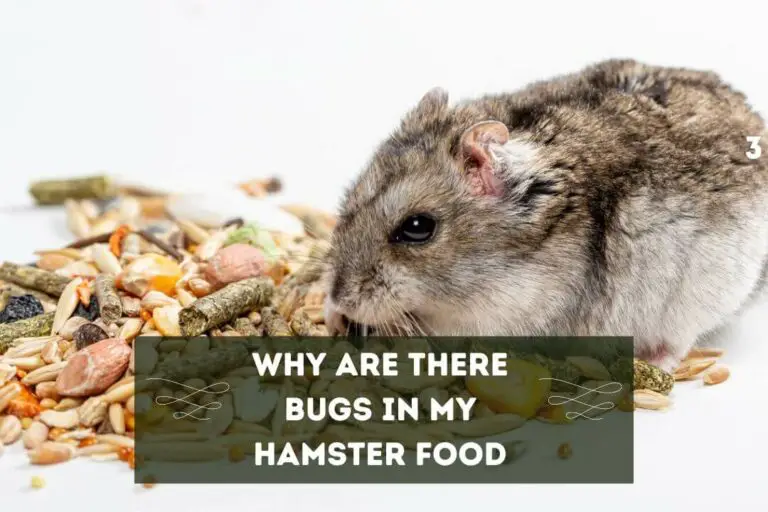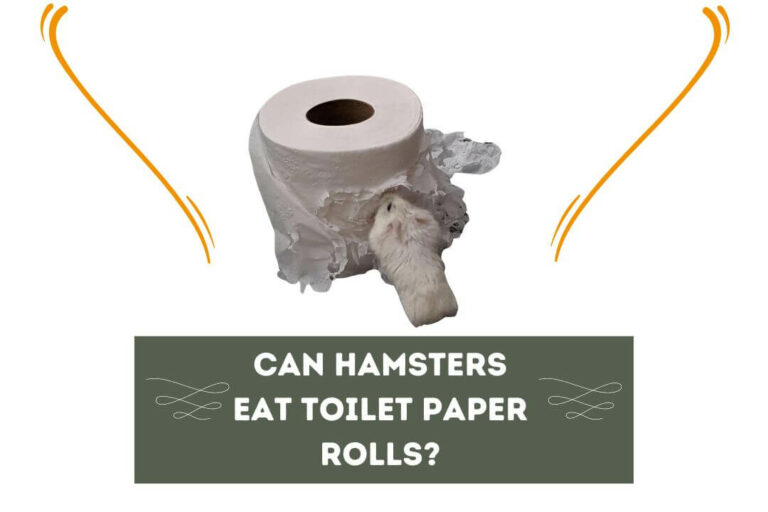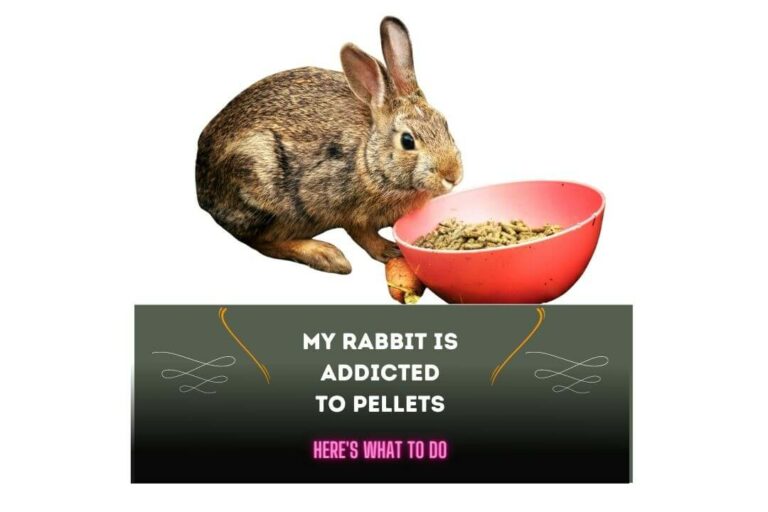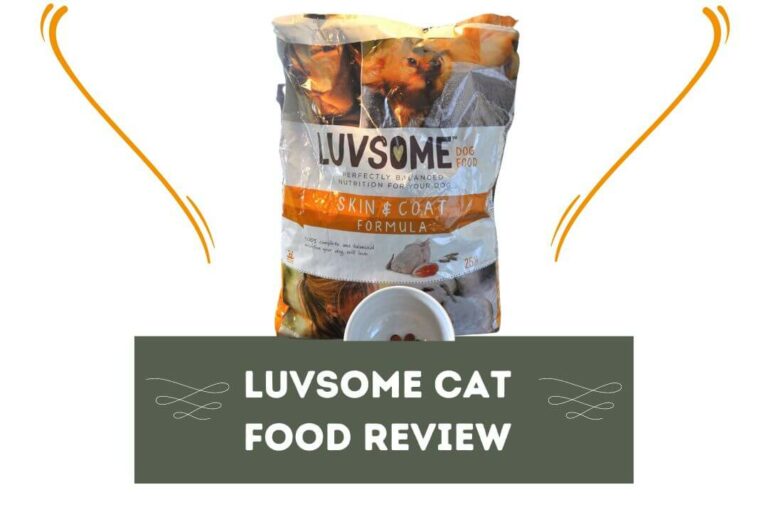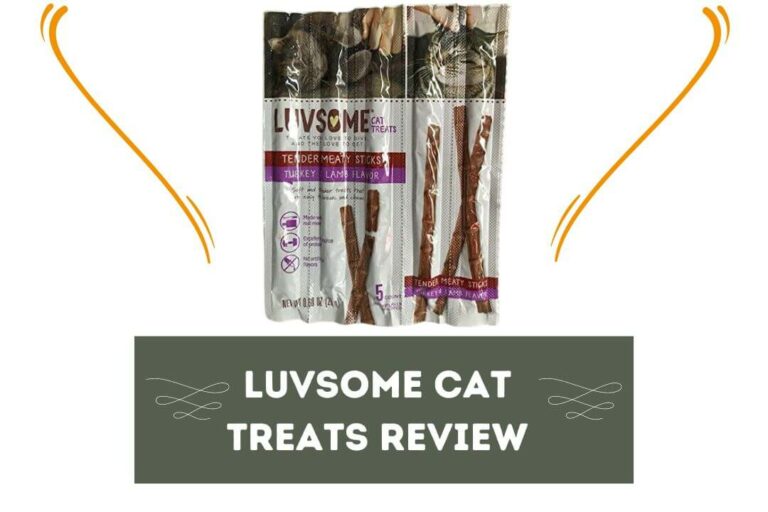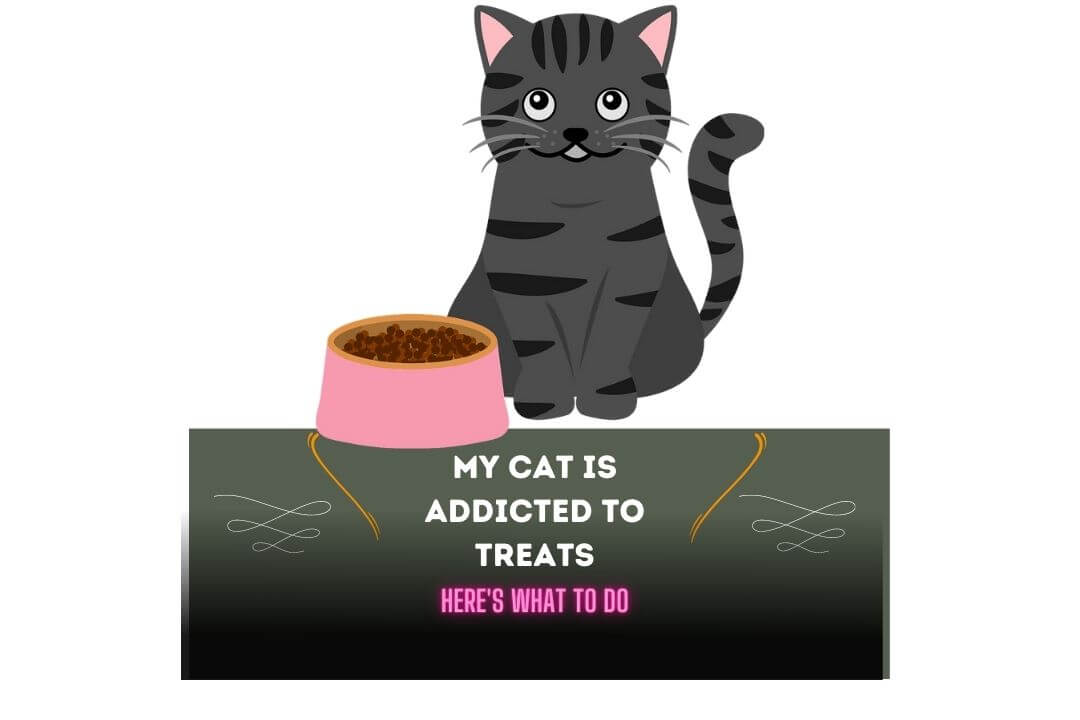
It would help if you never spoiled your feline friend with many treats, no matter how tempted you feel. Since Cats are natural hunters and carnivores, they tend to strongly desire meat-based foods and treats to provide a tasty & convenient way to satisfy this instinctual craving.
If you are wondering ‘why my cat is addicted to treats,’ you’re not alone. If you frequently offer treats to your cat, it may lead to unwanted treatment addiction. In addition, treats usually contain high amounts of protein & fat, which are known to trigger pleasure centers in your cat’s brain, making them crave more.
Hence you must be aware of the potential risks of overfeeding your cat with treats. In this article, I will help you learn why my cat is addicted to treats and what you can do to manage it. But before this, let’s explore the causes & symptoms of cat treatment addiction.
5 Causes of Cat Treat Addiction
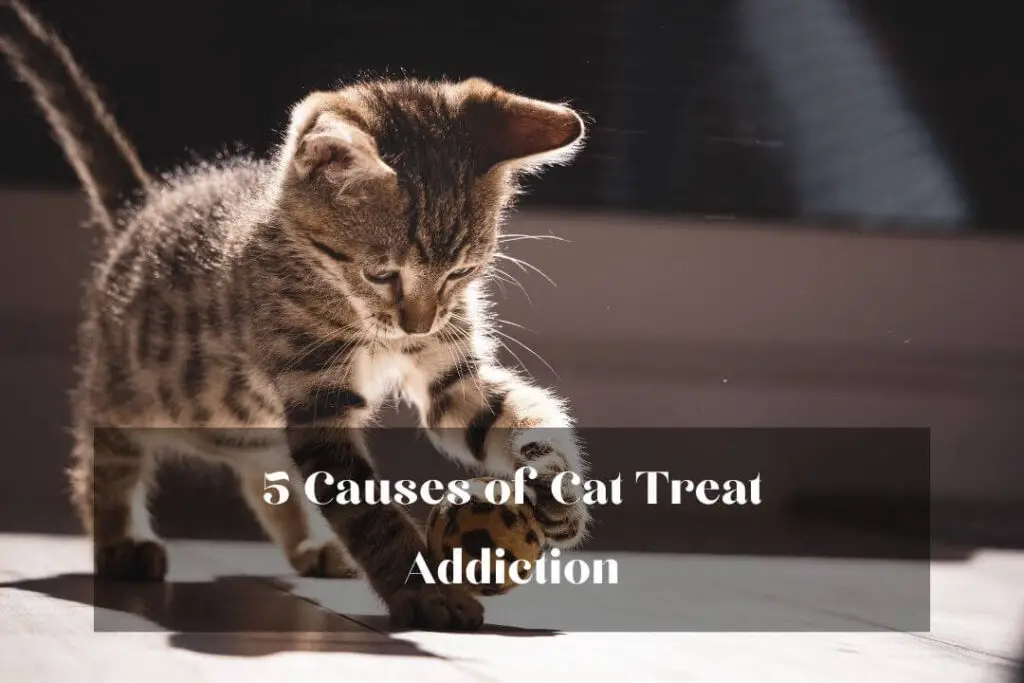
Overfeeding
One of the most common causes of cat treatment addiction is overfeeding. If you’re offering your feline friend too many treats a day, she may become used to its taste and crave more.
According to a study published in the Journal of Feline Medicine and Surgery, overfeeding is a leading cause of obesity in cats, which can lead to other health problems. Therefore you should always pay attention to the amount of treats you offer your cat. Treatments should be 10 to 15% of your cat’s daily calorie intake for their health and well-being.
Unbalanced Diet
Another common reason is the poor protein, fat, and carbohydrate ratio. You should know that cats need a balanced diet that can fulfill their nutritional requirement to support their growth, health, and daily activities.
If you offer lots of treats to your feline friend, she might need more nutrients from her regular food intake. In addition, too many treats a day can lead to nutrient deficiency & unwanted obesity in cats, increasing the risk of health issues & complications.
Boredom and Stress
Your cat may ask for more treats if she is bored or stressed. Treats can act as a comfort or activity to kill boredom and stress for your cat. If you keep your cat indoors for an extended amount of time, it is likely to overeat out of boredom and become addicted to treats. If this is the case, you must provide your cat with mental stimulation, activity, and toys to play with.
Genetics
Some cats may be more susceptible to addiction due to genetic factors. Also, certain breeds of cats, such as Siamese and Burmese cats, may be more likely to develop food addictions than others.
Lack of attention and social interaction
Cats are highly social animals that require regular interaction & attention from your end. If you are not giving proper attention and interaction to your cat, she might turn to treats as a form of comfort.
According to a study published in the Journal of Veterinary Behavior, cats not given enough attention and social interaction may be more prone to overeating and becoming addicted to treats.
7 Symptoms of Cat Treat Addiction
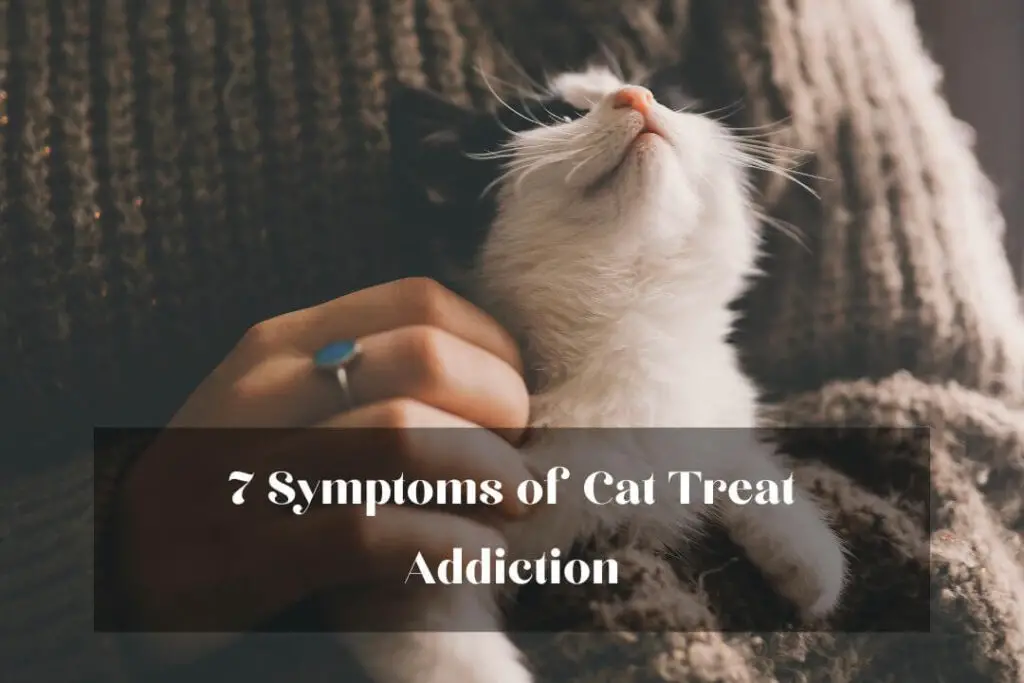
Increased Aggression
If your cat is addicted to treats and becomes very aggressive or irritable when you are not giving their fix, it’s a symptom of cat treatment addiction. This is often a sign when your cat is experiencing withdrawal symptoms.
Weight Gain
Another common symptom that your cat is addicted to treats is unwanted or sudden weight gain. If your cat is eating too many treats a day and not getting the proper amount of exercise she needs to burn off the extra calories, you will notice her becoming obese, making her prone to many health problems.
Loss of Appetite for Regular Food
Cats addicted to treats often lose interest in their regular food serving. If your cat is not excited about lunch or not paying attention to their regular food serving, they’re likely to be addicted to the treats that you have been offering to them.
This is not a good sign and can lead to nutrient deficiency if they don’t eat their regular food. You must provide them with a balanced diet that may reduce the risk of malnutrition. You can try Luvsome cat food, if you want to know more, consider my recent article on Luvsome Cat Food Reviews.
Digestive Problems
Suppose you notice your cat often suffering from digestive problems, like diarrhea, constipation, or vomiting. In that case, it is a sign that its digestive system cannot handle an excessive amount of treats. Cats that are addicted to treats experience digestive issues like these.
Lethargy and Lack of Energy
A cat that is addicted to treats often suffers from a lack of energy. If your cat has become lethargic, it can be a sign that they’re not receiving the nutrients they need from their diet. If this is the case, your cat is at risk of developing health issues and complications soon.
Obsessive Behaviour
Another thing that you are most likely to notice is your cat constantly meowing at you for more treats. Therefore, if your cat is begging for more treats, it will likely be addicted to it. This is often considered a sign that they are experiencing withdrawal symptoms and need their fix.
Hiding or Hoarding Treats
Finally, your cat will also try to sneak treats while hiding or hoarding them. If your cat is addicted to treats, she will not be afraid of getting her fix and will always want to ensure they have a steady supply of treats. Therefore, if you notice a couple of feet missing, your cat is likely to be the culprit, especially when addicted to it.
3 Tips to Prevent Cat Treat Addiction
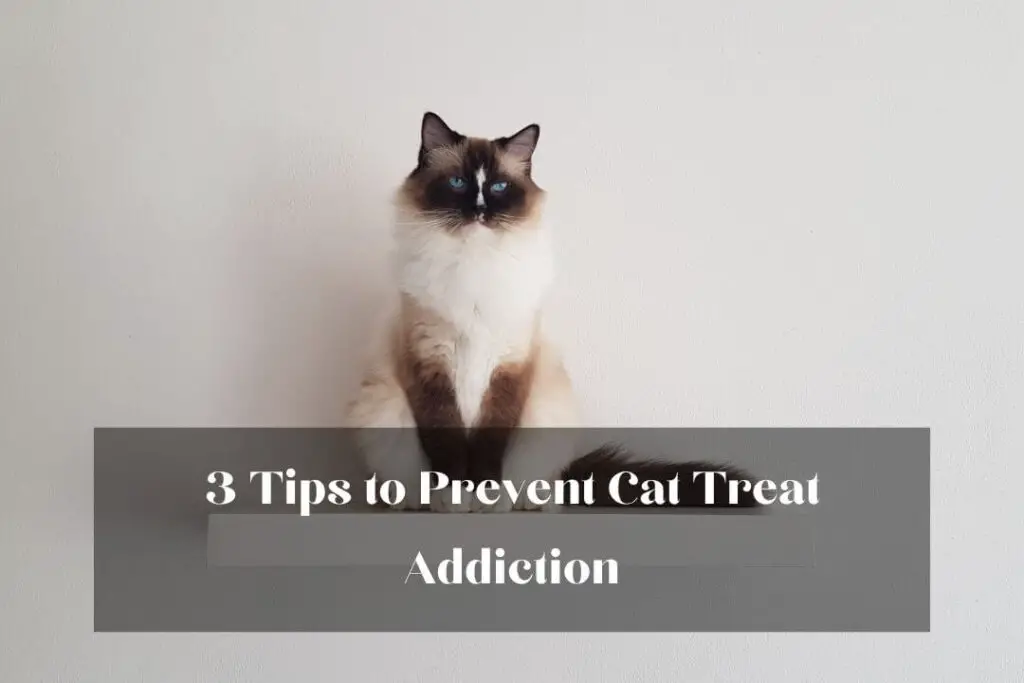
Set Limits on Treats
While you might feel tempted to give your cat treats whenever they want them, you should never do so. It’s best to set limits on how many treats your feline can have each day according to her age, size, and health status.
Choose High-Quality Treats
Next time, when buying treats for your cat, you need to opt for high-quality, nutritious options. Even though these treats are expensive, it’s worth the cost. According to a study published in the Journal of Animal Physiology and Animal Nutrition, cats fed a high-protein diet tend to have a better body composition than those fed a high-carbohydrate diet.
It would help if you looked for treats made with real meat with natural ingredients without preservatives, colors, or additives. Ensure you avoid those that contain a lot of fillers or artificial ingredients.
Provide Plenty of Playtime and Exercise
Out of boredom, your cat can also become addicted to treats. Therefore, you should look for ways to keep your cat active & engaged. You can do this by offering your cat plenty of toys and taking time to play with them regularly.
Also, make sure to offer them some environmental enrichment and mental stimulation. Offering environmental enrichment like toys & scratching posts are less likely to develop behavioral issues.
My Cat Is Addicted To Treats: 5 Treatment Options
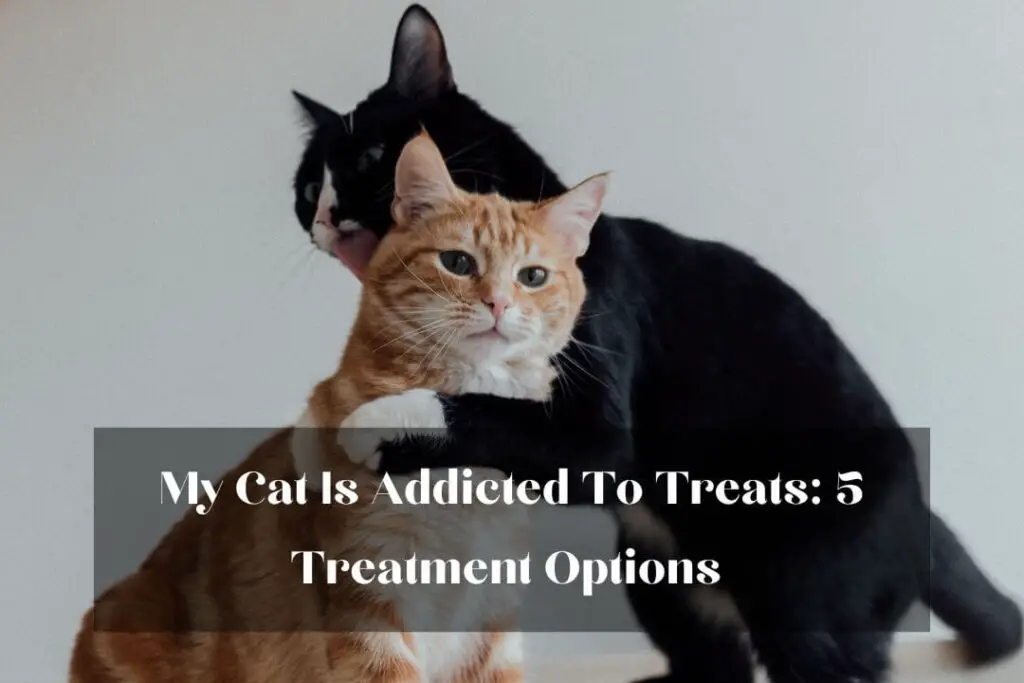
Behavioral Modification Techniques
Consider positive reinforcement training that can help your cat overcome their addiction to treatment. There are many types of behavior modification techniques that you can practice to prevent your cat from becoming addicted to treats. When she is exhibiting good behavior, consider rewarding your cat with something else, like praise or playtime, instead of treats.
Medications
Depending upon the severity of your cat’s addiction to treats, your veterinarian may prescribe some medications to help them overcome. There are many types of medication, like fluoxetine and clomipramine, that are proven to be effective in treating compulsive disorder in cats. However, you must consult your veterinarian before offering any medication to your cat.
Changing the Diet
If your cat has already become obese due to the treatment addiction, you need to change your feline diet to one that is lower in calories but higher in protein. This will help in losing their weight while reducing their reliance on treats.
A study published in the Journal of feline medicine & Surgery proves that cats fed with a high protein & low carbohydrate diet tend to lose weight at a higher rate than those fed a high carbohydrate diet.
Support Groups
You can also consider joining a support group where you will have access to the tool and resources that help overcome your cat’s addiction to treatment. This group will provide you with support and advice from other pet owners who have gone through similar experiences. Alternatively, you can join the cat owner community or online forums for more support.
Environmental Enrichment
Lastly, you need to provide your cat with lots of mental stimulation and environmental engagement, like interactive play toys, chew toys, and scratching posts that can keep them engaged for hours while reducing their reliance on treats. Keeping them active & busy will also help you lower the risk of developing obesity and other behavior issues in your cat.
Conclusion
I hope now you know why my cat is addicted to treats and what I should do about it. If you find this article helpful, then consider sharing it. Your share will help many people overcome this issue and keep their cats healthy, preventing obesity.
Ensure you also consult with your veterinarian about your cat’s addiction to treat for the proper medications and resources you may need to overcome this issue. Also, make sure to engage, interact, and play with your cat while giving them attention for some time regularly. Do check our other helpful guide on cat eating problems & solutions. See you in the next post; till then, take care, and goodbye.

